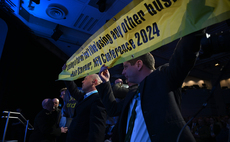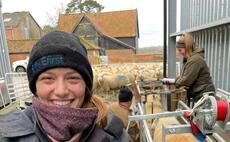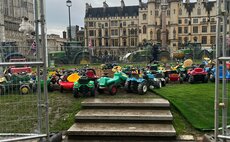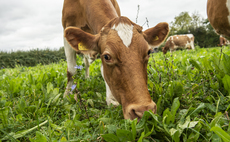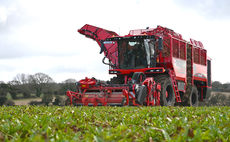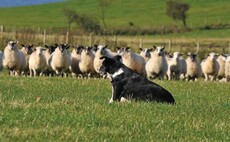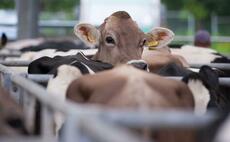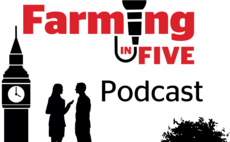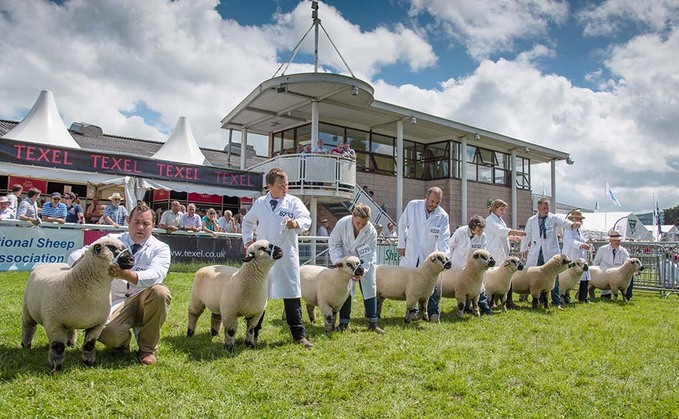
As we look back on the landmark year that is 2020, Hannah Park takes stock of the impact it has had on the country's agricultural shows forced to close their gates this season and livestock exhibitors who usually visit.
A year set to be etched into the history books, one reason 2020 will be remembered by livestock exhibitors is for being the show season that was not.
Thanks to a myriad of cancellations, the busy periods of preparation, travel and anticipation for what the days ahead might have in store were not to be this year for regular show goers - not forgetting the social and camaraderie too, providing for many the chance to catch up with familiar faces from one year to the next.
Be it a way to showcase livestock for upcoming sales, to support local community events or a family pastime passed down through generations, reasons for exhibiting livestock are diverse among show goers.
Caroline Westwood, senior lecturer at Sheffield Hallam University and researcher in events management, points out the value many take from the connections made as a result of attending agricultural shows.
In July 2020 she interviewed members of the farming community directly linked to livestock showing as part of her research.
Ms Westwood says: "These conversations were a great insight into how exhibitors valued the connections made.
"Many recalled growing up showing livestock, while others talked of joining a ‘wider livestock family' based on their love of animals and wanting to be part of the showing community.
"Their collective passion for the showing circuit was unanimously clear, alongside a sense of loss of opportunities to connect due to the cancellation of shows during 2020.
"This loss was felt on a business level, as shows were cited by several as their shop window for interested buyers, as well as on a social level, with many seeing their holidays and social life diminish this year as a result of event cancellations."
Exhibitors
And these are sentiiments echoed by regular exhibitors who spoke to Íæż½ã½ã.
Ellie Westaway and her family run a beef enterprise on the Gloucestershire/Herefordshire border, calving a 50-head herd of Aberdeen-Angus and Murray Grays.
Regulars on the show scene in the South of England and Wales, they ordinarily use shows as a platform to market bulls they have for sale.
Miss Westaway says: "We have done a lot of bull viewings via videos this year and sent them to customers which has been quite different. Although we have not really seen a reduction in sales, we have not been out there meeting potential new customers which is what [showing] is all about for us."
While she is currently on a work placement year as part of her studies at Reading University, Miss Westaway would generally do some freelance show preparation for other exhibitors during the summer months.
She says: "I usually do some show work for people, helping to get animals ready and so on and obviously there has been none of that this year. Some people I know have taken a big hit from that and are seriously struggling."
Mandy Garbutt has a small herd of Gloucestershire Old Spot sows in North Yorkshire and will typically exhibit at 12 or more shows per season.
Mrs Garbutt says: "Showing is valuable time away and a change of scene that breaks the everyday routine for livestock keepers. We have been doing it since 2009 and it is the same people on the circuit every year. You become good friends, and we have missed not having the opportunity to catch up this year."
With events unable to physically go ahead, many organisations have had to move towards more digitally focussed ways of communicating.
Virtual
Where livestock exhibits are concerned, this has been in the form of virtual shows and picture-led competitions with many show and breed societies getting on board.
Katy Davies and Dafydd Owen, who run pedigree Beltex and Cheviot flocks alongside commercial sheep in Conwy, North Wales, are among those who have got involved in some of these.
They took the reserve championship award at the Online Sheep Show with a Beltex ram lamb and multiple tickets at the Beltex Sheep Society organised Welsh National Virtual Show.
Miss Davies says: "Without the shows, these online events have been something for people to be able to get involved in during what has been a difficult year. They are the only platform we have had to showcase our livestock."
And while some of the autumn breeding sales have been able to go ahead, the absence of shows has made stock selection and preparation more challenging, says Miss Davies.
"With the summer circuit, you can get a feel for what the competition is like but without that this year there has been nothing to compare ourselves against which has made preparing for the sales a bit more daunting at times."
But as the National Sheep Association (NSA) points out, ‘farmers are used to having to find a way of making things work.'
NSA, alongside many organisations and businesses, has put on virtual meetings, webinars and events. This has included the major agricultural societies flagship events shifting online this year.
The Royal Welsh Agricultural Society (RWAS) launched a virtual Royal Welsh Show and Winter Fair, Yorkshire Agricultural Society (YAS) ran a virtual Great Yorkshire Show and in Scotland. The Royal Highland and Agricultural Society of Scotland (RHASS) launched an online show, while Royal Ulster Agricultural Society (RUAS) also ran its Royal Ulster Winter Fair online this year.
These are said to have been met with praise and support from senior political figures and farming leaders, including RWAS citing input from Wales' First Minister and YAS securing addresses from NFU President Minette Batters and Defra Secretary of State George Eustice.
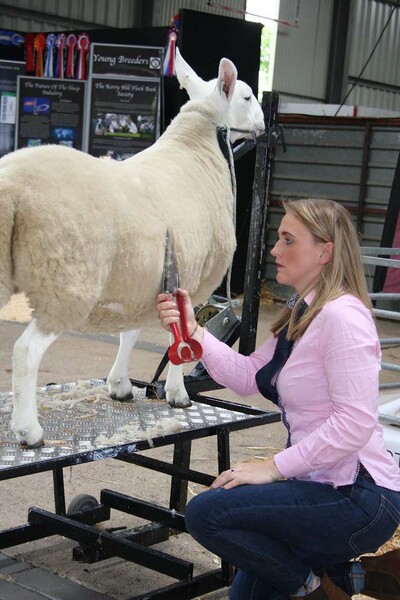
Funding
Questions over funding gaps remain though. The Association of Show and Agricultural Organisations (ASAO) states that losses for the whole group are estimated at minus £37.5 million in its October 2020 released Covid-19 impact report.
The RHASS has launched the ‘Save Your Show' fundraising campaign, while in Wales, Rural Affairs minister Lesley Griffiths announced a financial support package of £200,000 for the Royal Welsh Agricultural Society for 2020-21, saying the support package reflected the ‘unprecedented circumstances' faced this year.
The ASAO says it ‘has not had a reply to numerous requests or even an acknowledgement' to attempts it has made to contact Defra on funding for the agricultural show industry.
Concern around staffing was also highlighted by ASAO in its report. More than half of shows are said to still have staff on furlough or have made wage reductions, while less than half have already made, or plan, redundancies.
Some respondents to ASAO's research also said staff members were unable to access Government support offered for various reasons.
With tough Covid-19 restrictions remaining in place for much of the UK, the 2021 show season still hangs in the balance.
The ASAO report states almost half [of show society respondents] are unable to say if their event will take place in 2021, 15 per cent think it is unlikely, and 4 per cent say definitely not.
Any that do take place, it stated, are more likely to be at a reduced level.
Future
Ms Westwood believes the landscape of agricultural shows could, however, be changed forever.
She says: "Let's hope the traditions and heritage can be maintained and there are not too many permanent losses of shows from the show season calendar.
"But, realistically, these events will have to operate in an evolving and differing environment. The worry is some shows may lose their livestock roots when difficult decisions over the commercial viability of the shows comes under scrutiny."
Impact in numbers
- In 2019 shows donated £14.5m to charity. This fell by 58 per cent due to Covid-19.
- In 2019 British Agricultural Shows generated an income of £128.6 million. Covid-19 led to a loss of £36.5 million, and the wider economic impact of this year's cancellations is estimated to be minus £810 million.
- In 2019 British Agricultrual shows employed 2,100 full-time staff and 10,800 temporary staff.
Source: The Association of Show and Agricultural Organisations








